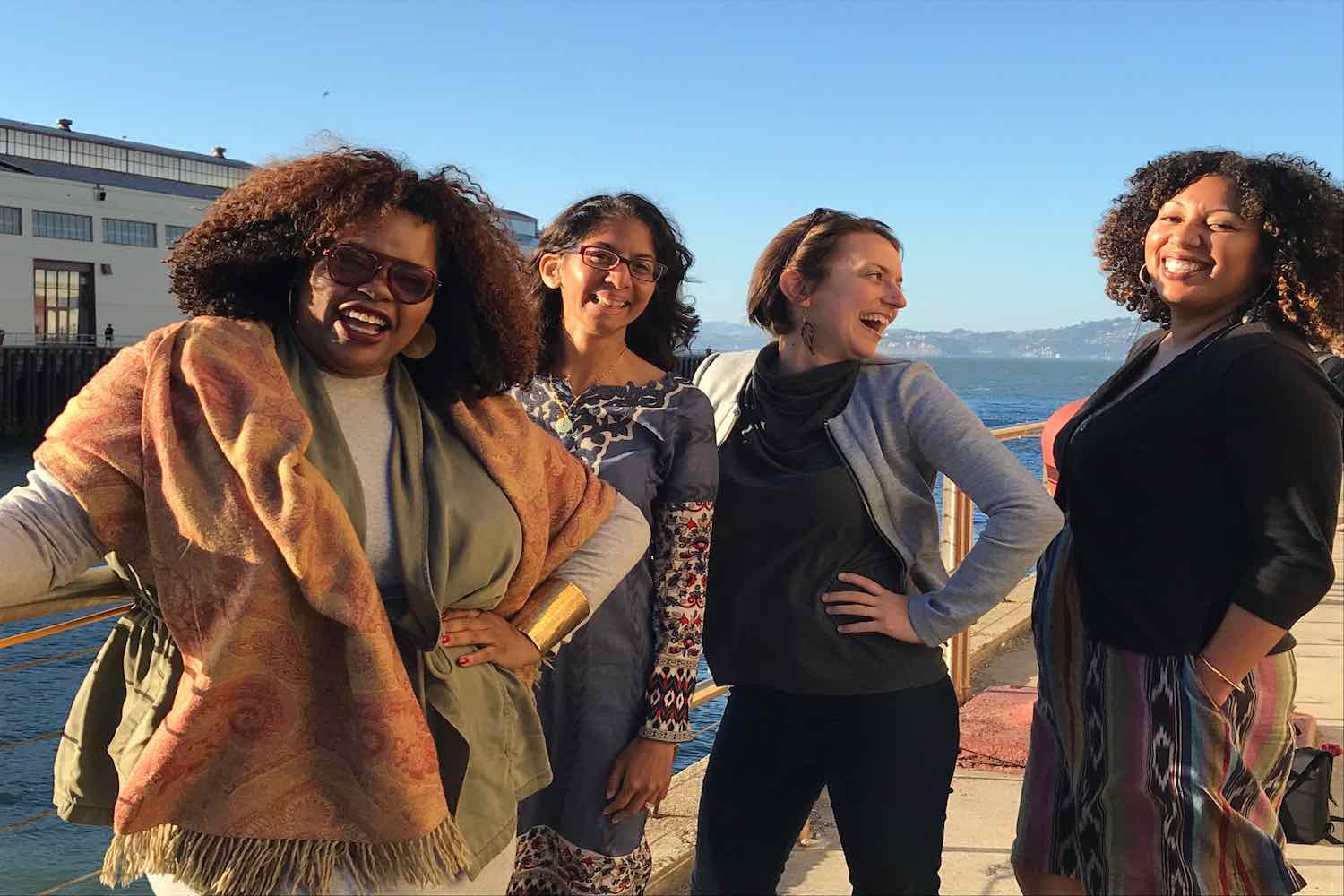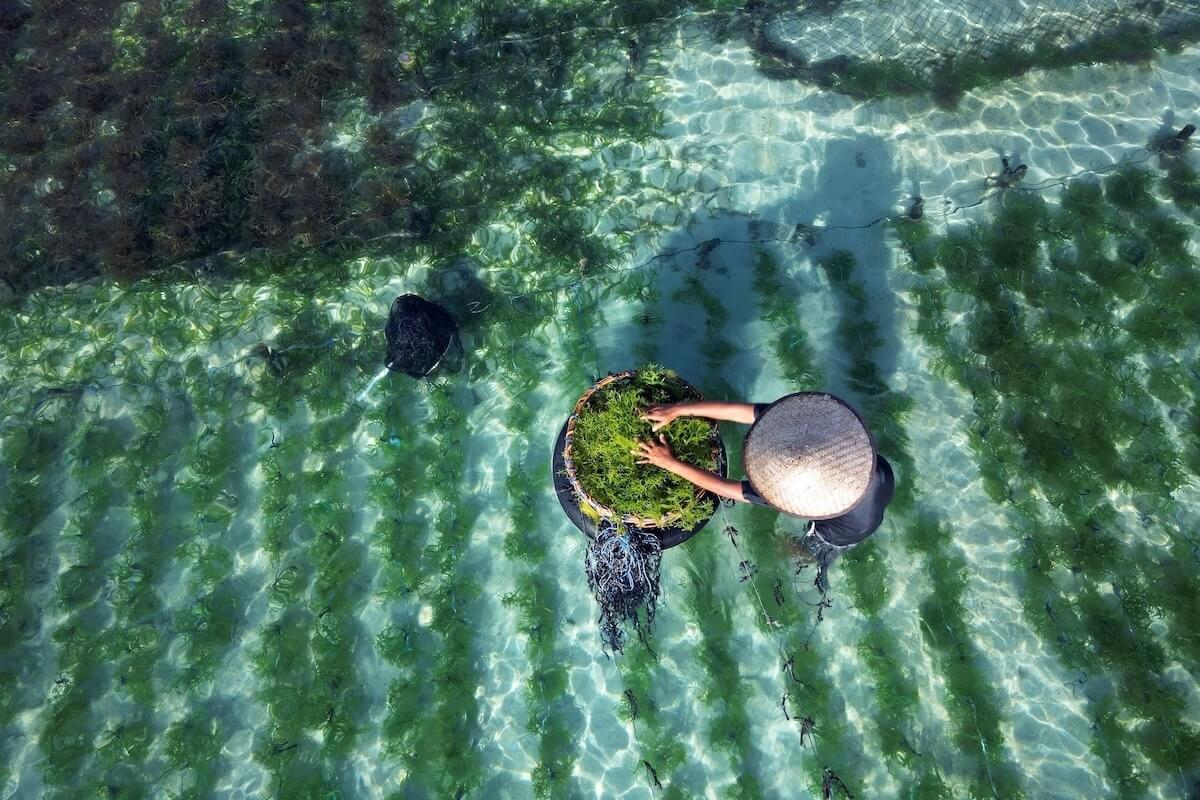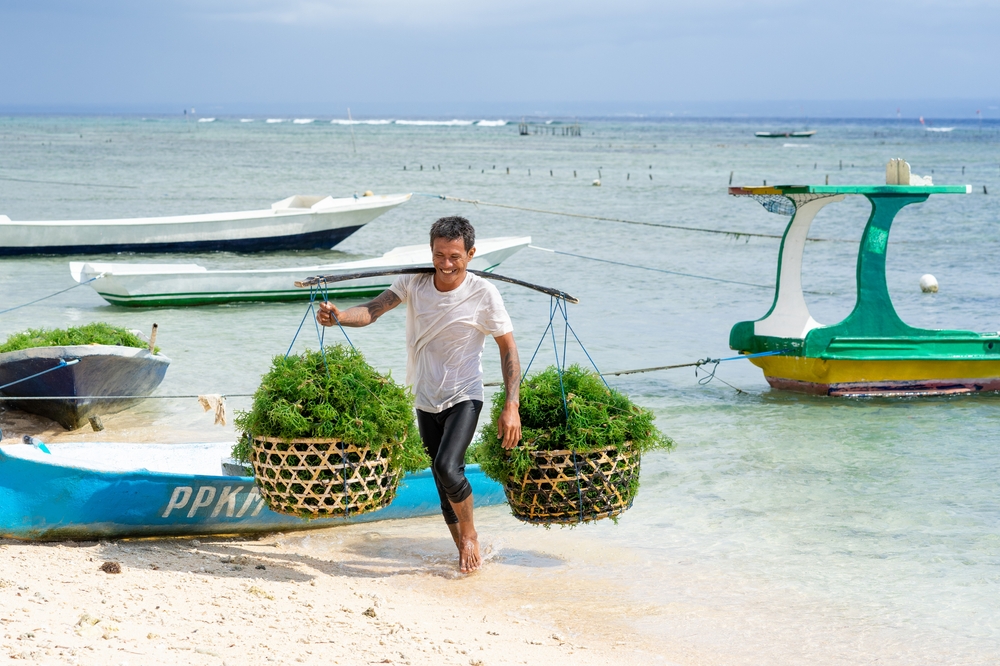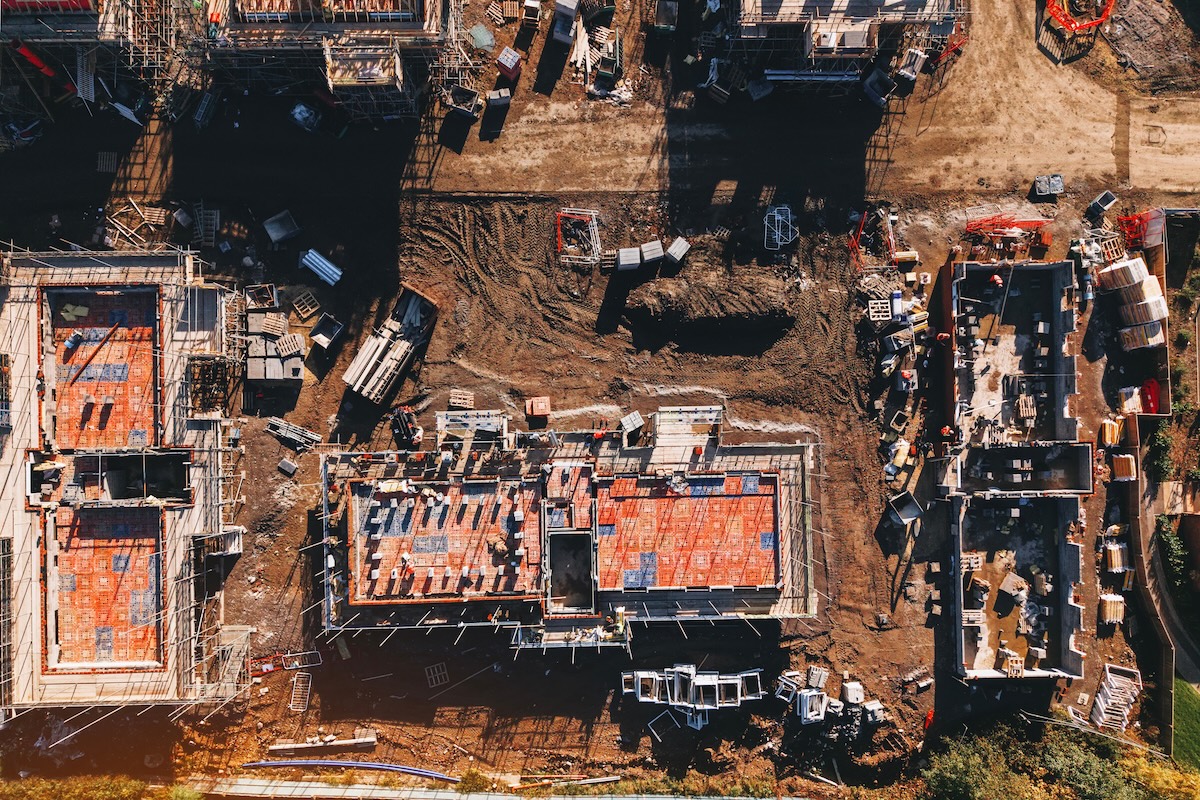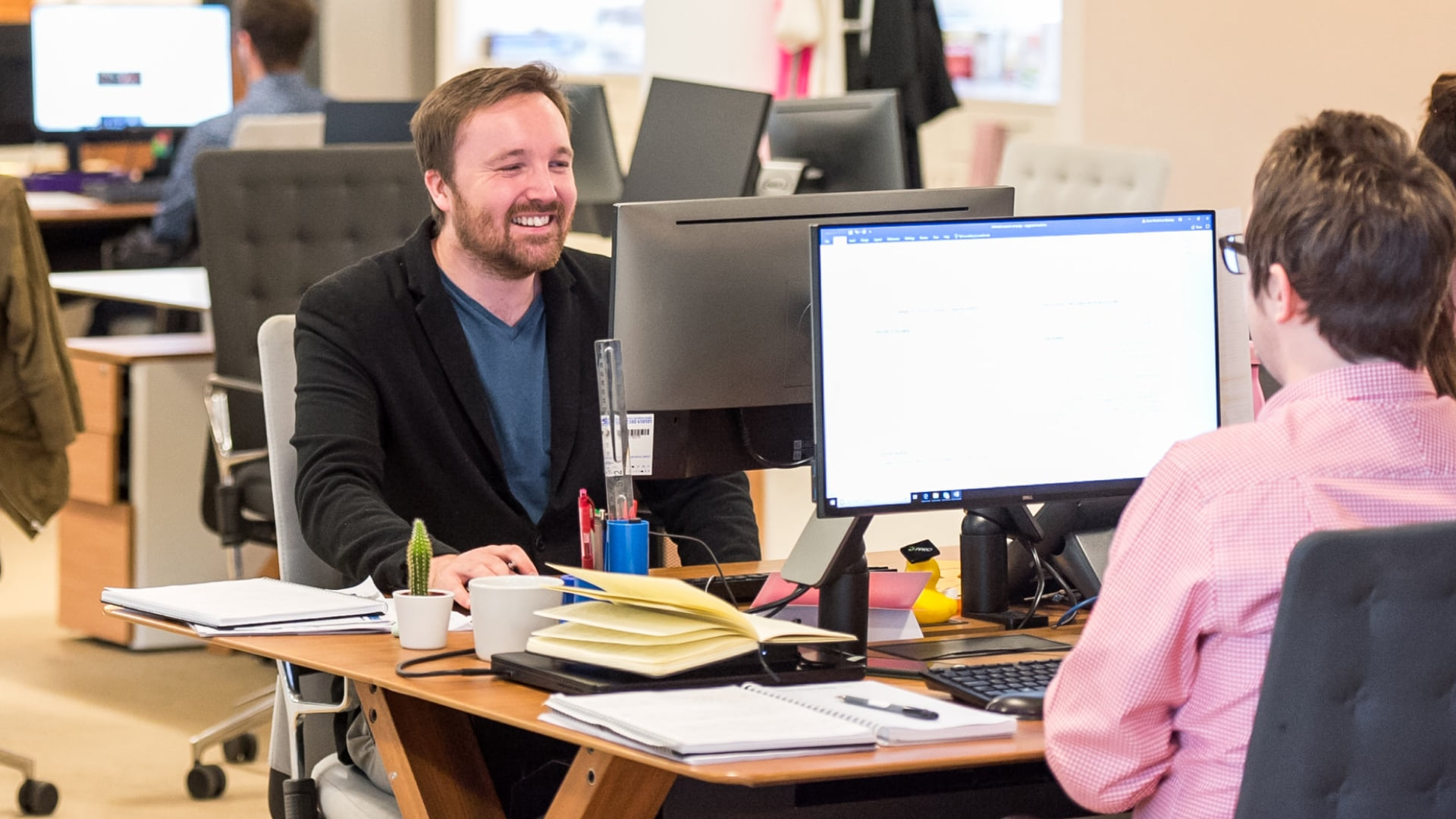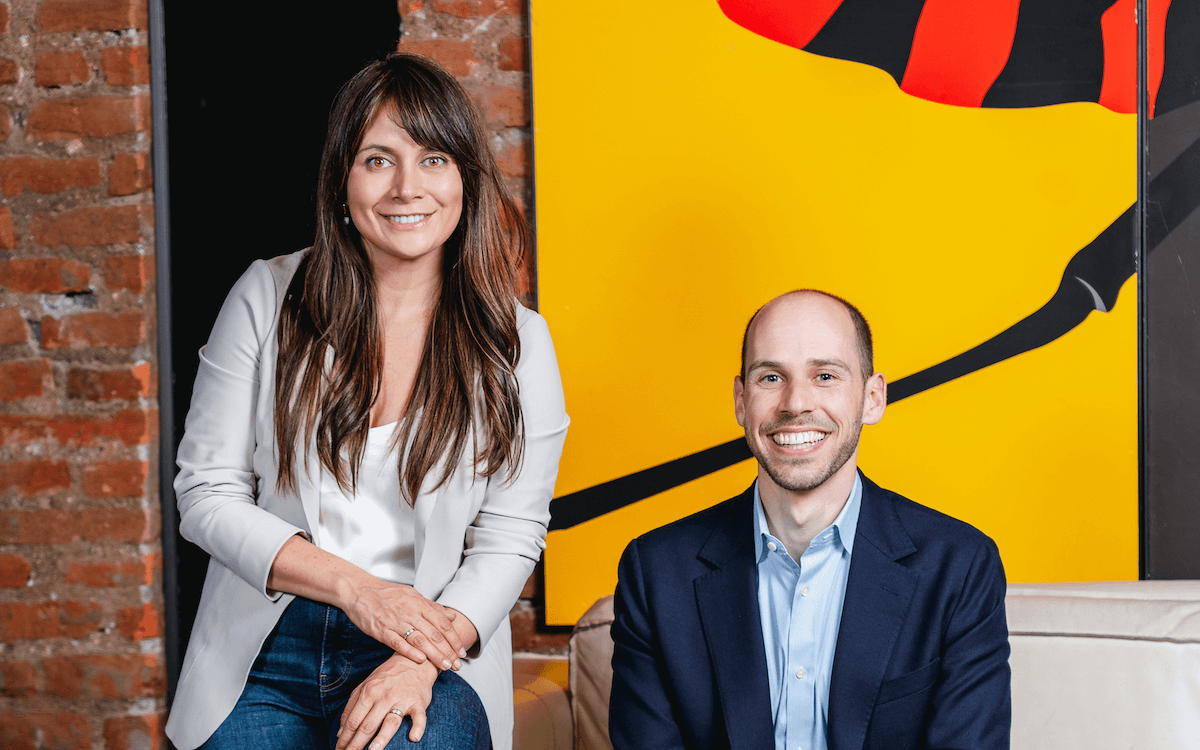ImpactAlpha, Nov. 5 – A lack of capital has made it harder for entrepreneurs in underserved communities to build wealth. The few funders working in these communities, such as community development finance institutions and nonprofit lenders, are often undercapitalized as well. A new $40 million fund from the Candide Group aims to boost the financial capacity of these front-line lenders with low cost, flexible loans.
The Olamina Fund, named after a character in the novel Parable of the Sower, is unique in its size and scope in exclusively targeting underserved groups such as women, people of color and Native people, according to Candide Group founding partner Morgan Simon. At least 80% of Olamina’s loans will be made to organizations led by people of color and women. The fund will also focus on places where capital is most scarce, including rural areas, Native lands and the deep South.
“Olamina seeks to challenge conventional notions of risk and return,” said Simon in announcing the fund. “We put long term sustainable impact first, and financial gain to investors second.”
Non-extractive finance
The fund’s initial $40 million comes from two of Candide’s Donor Advised Fund clients. The firm declined to name the investors, but it works with high profile investors such as former NFL player Derrick Morgan and Libra Foundation president Regan Pritzker. The firm hopes to raise and deploy $100 million over three to five years.
Propeller: Helping local entrepreneurs rise with New Orleans’ revival
Olamina investors can choose from two options: a 5-year note paying a fixed 1% per annum, or a 7-year note paying a fixed 1.5%.
In addition to tapping DAFs, the fund will seek out foundations and high net worth individuals that have committed to addressing systemic inequality. “Olamina provides a vehicle for them to put their money where their mouth is,” Lynne Hoey, head of lending for Candide Group and managing director of the Olamina fund, told ImpactAlpha. Hoey is also considering a grant pool that could sit alongside the fund and provide equity-like capital to the borrowers.
The fund will make senior unsecured loans up to $4 million to CDFIs and other loan funds, as well as smaller direct loans to companies and organizations. It’s first investment: $250,000 for Oakland, Calif.-based Runway Project, which provides seed funding to entrepreneurs of color, to support the group’s expansion to Boston. (Olamina earmarked $1 million of its $40 million to invest in certificates of deposit with mission-aligned organizations, including Runway and Native American Bank).
Jessica Norwood: ‘Believe in you’ money for black entrepreneurs
The Olamina fund is currently vetting three additional organizations and hopes to name the borrowers by the end of the month.
The fund could provide much-needed support to CDFIs working in underserved communities and draw in new investors. Hoey pointed to organizations such as First Nations Oweesta, a CDFI that serves Native communities. The fund could also help strengthen an emergent class of community-led investment funds, such as Runway Project and the REAL People’s Fund in Oakland.
“Olamina Fund is taking us to scale,” said Runway Project founder Jessica Norwood. “Both Runway and Olamina are committed to building a long term collaboration that is about giving new ideas like Runway the launch space it needs.”
Racial-justice lens
The fund has been in the works for two years and grows out of Candide Group’s work around economic justice and the desire of its clients to go deeper into restorative finance. The firm saw an opportunity to create a vehicle that addresses growing demand on both sides of the equation—from investors who want to apply a social and racial justice lens to their work, and from community lenders in need of low cost of capital.
Oakland’s community capitalists are modeling an inclusive economy
By asking investors to accept lower returns and invest in communities that are perceived, at least, as risky, Candide is hoping to spark a conversation that leads to broader change. “One of the things I’d like Olamina to do is to ask the question, what should a return look like when you’re funding social justice?,” says Hoey. “We’re not centering the investor, we’re centering the community.”
The fund has some other nontraditional design elements. A community advisory board made up of individuals from rural, native and southern communities will be created. Two of the community members will serve on Olamina’s investment committee, and will hold veto power.
One of the first orders of business for the community advisory board will be to begin considering, alongside Olamina investors, how the fund can share excess profits with the community. Candide hopes to be able to disclose the profit sharing arrangements by the summer.
Jacob Haar: Financing the financiers expanding small-business lending in America



